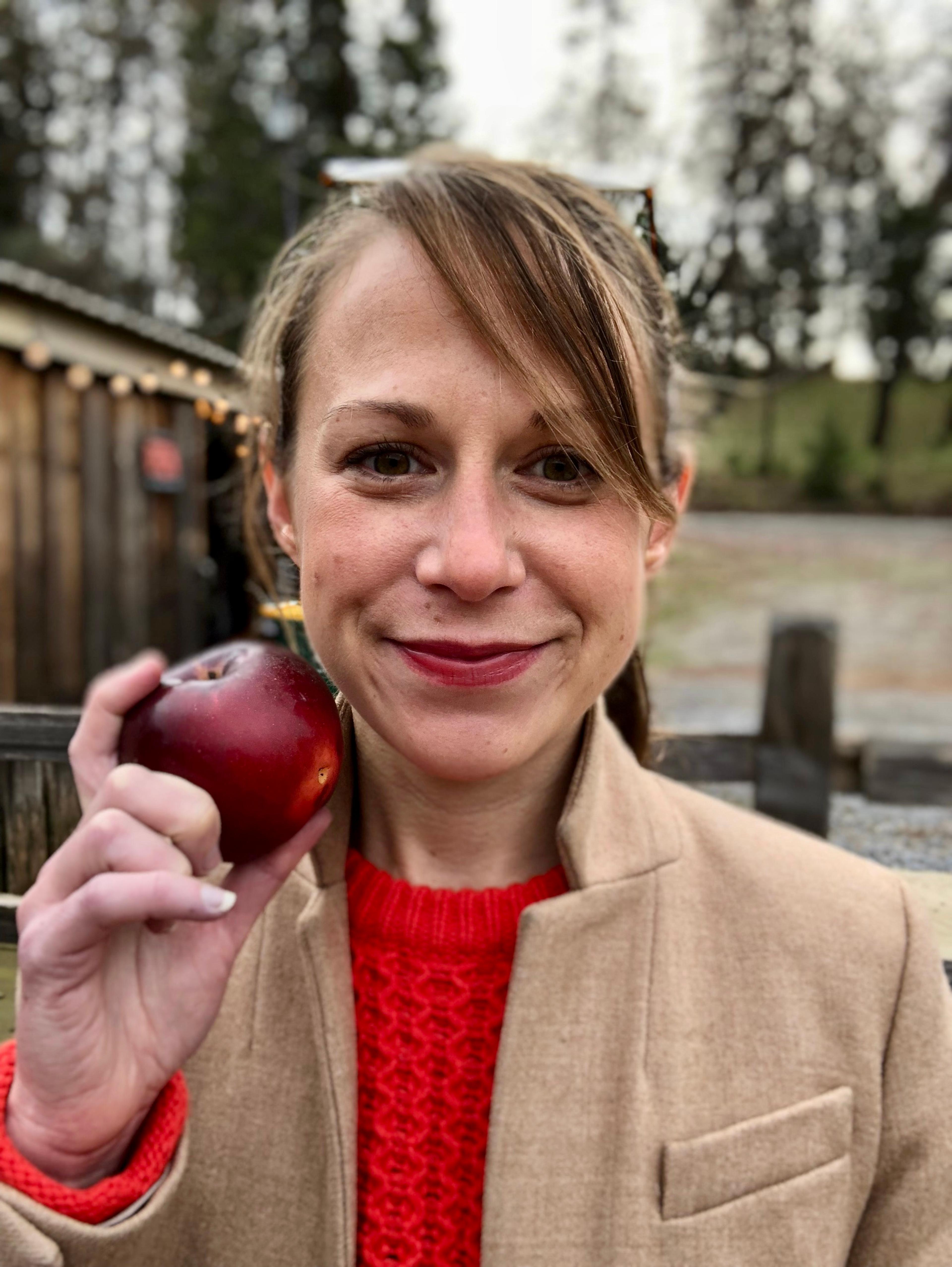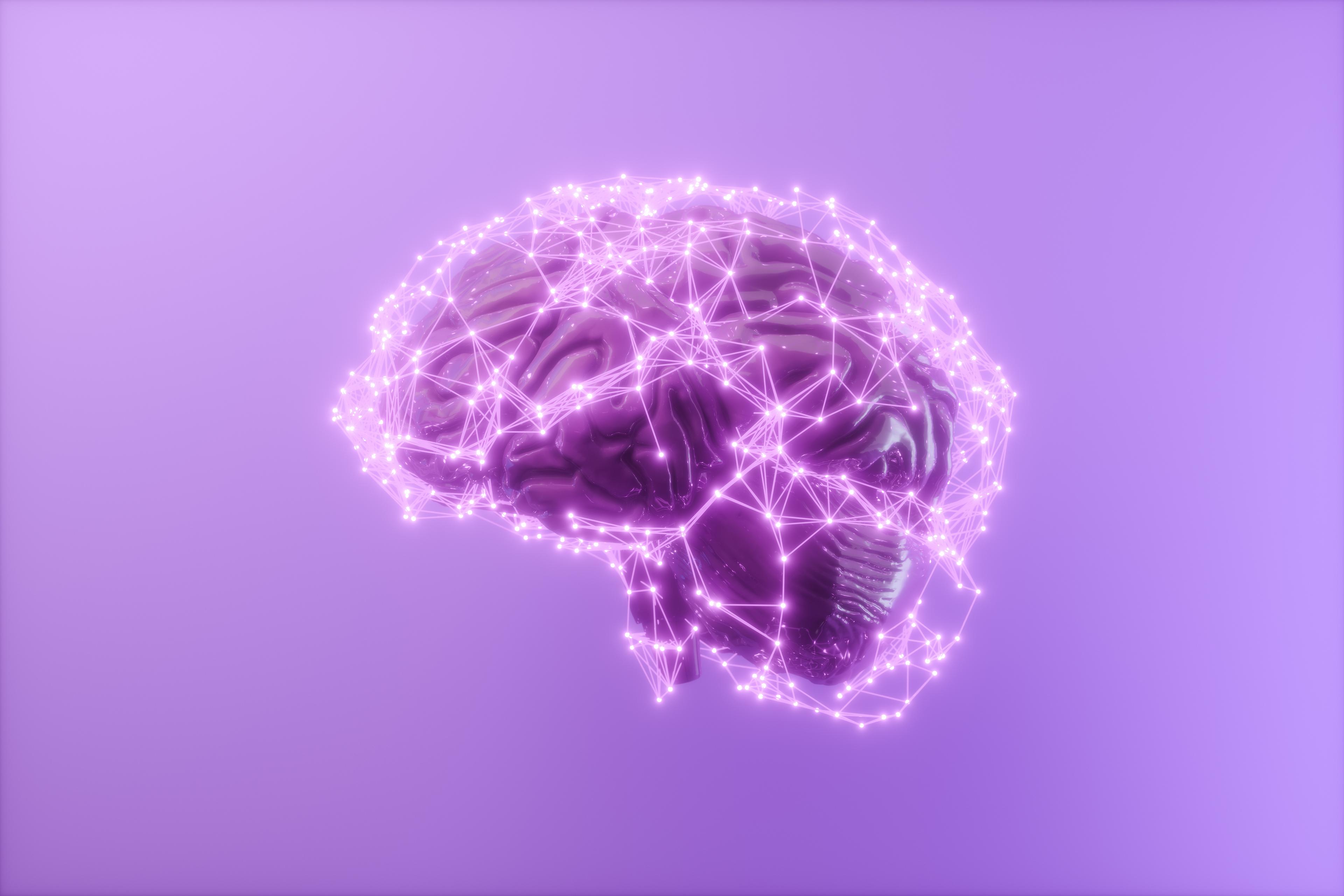
We’re still figuring out how and why eating disorders develop and proliferate in particular communities, and the distinct contributing factors that often make diagnoses and treatment so difficult to attain, particularly in BIPOC communities. When it comes to Indigenous people in particular—those who “share collective ancestral ties to the lands and natural resources where they live, occupy, or from which they have been displaced”—we have a particularly long way to go.
There are between 370 and 500 million Indigenous peoples in the world, in over 90 countries, and while they make up just 5 percent of the global population, they account for about 15 percent of the extreme poor, Indigenous peoples’ life expectancy is up to 20 years lower than the life expectancy of non-Indigenous people worldwide, according to The World Bank. In the United States, the average income of Native Americans is less than half the average for the U.S. overall. Why does this all matter for eating disorders? Experts say these socioeconomic statistics are critical clues into how and why eating disorders may develop in these populations.
“There is very little research on First Peoples in the U.S.,” says Ruth Striegel Weissman, Dipl Psych, PhD, professor of psychology and Walter A. Crowell University professor of the social sciences, emerita at Wesleyan University, referring to individuals who identify as Native Americans and indigineous communities. “Food insecurity, which is a problem among Native American communities, is associated with increased risk for binge eating. Recently, a couple of papers based on Australian samples reported comparable or even higher prevalence of eating disorders in First Australians vs. White Australians.”
In 2011, Weissman and her colleagues carried out one of the first psychological studies around eating disorders in Native American (NA) populations. The findings, published in the International Journal of Eating Disorders, found that NA women were more likely than their male counterparts to report behavioral symptoms of eating disorders and that there was a parallel between NA women and ethnically white women when considering the prevalence of binge eating, purging and "ever having been diagnosed with an eating disorder." At the time the study was published, Weissman said, “this commonality between NA and white women refutes the myth that eating disorders are problems that only affect white girls and women.”
“BIPOC communities and experiences vary and part of what I have learned through my work at Nalgona Positivity Pride is that the media has done a disservice to us all by only portraying underweight white women with eating disorders,” says social justice eating disorders educator, Gloria Lucas, whose organization promotes eating disorder awareness and body positivity and is dedicated to creating visibility and resources for Black, Indigenous, communities of color (BICC). “The media has limited everyone's view on who gets an eating disorder, making it more difficult for BIPOC to receive the proper care that they need.”
Weissman gave a talk last year that was based on the research emerging from Australia on the prevalence of eating disorders amongst Aboriginal and Torres Strait Islander Peoples, also known as First Australians. In her presentation, Wesisman pulled from a 2020 study that found eating disorders were more common in First Australians than in other Australians, ages 15 or older, and that First Australians also reported higher levels of weight and shape concerns. She also referenced the “EveryBODY study” published in 2019, which focused on body image concerns among Australian adolescents. The findings here indicated that night eating syndrome (NES), a condition characterized by eating large quantities of food after dinner, sleep problems, and a belief that eating is necessary to get to sleep, was more common in First Australians.
According to Lucas, diet culture may also play a role in indigenous communities and extends beyond the boundaries of mainstream media; it’s another reason disordered eating often goes under the radar in BIPOC populations. “Many times, eating disorders go unidentified in BIPOC families and communities because disordered eating is accepted as a proper form of weight loss,” she says. “The effects of fatphobia and weight-loss culture are alive in BIPOC communities and sometimes they are even more enforced because there is pressure to assimilate to white/thin/cis/hetero standards. Assimilation is perceived to grant a life with less oppression and more opportunities. Many families believe weight-loss is a way to protect their loved ones.”
Lucas also adds that the narrow mainstream focus on anorexia and bulimia has made it difficult for many people to receive proper diagnoses and treatment for their eating disorders. “BED [binge eating disorder] is most common in BIPOC communities, yet the stigma and shame does not allow open conversations to take place.”
Although more research needs to be done on eating disorders in BIPOC and immigrant communities, Lucas says that food insecurity and food trauma can certainly play a role, as well as a lack of awareness. “Family members might not understand why a loved one struggles to eat,” she says. “Also, generational and cultural differences may play a role in eating disorders going unnamed. Many BIPOC families face so many other obstacles. They have layer upon layer of systemic induced inequity—historical trauma, chronic illness, housing insecurity, domestic violence, mental health, family separation, police brutality and higher rates of imprisonment etc—that eating disorders aren't a priority for many communities because it is not perceived as an immediate threat.”
While there is still a long way to go in uncovering the root issues and best courses of action for diagnosis and treatment in BIPOC communities, Lucas has seen education play a huge role in destigmatization and deeper understanding. “When I cover the link between colonialism, historical trauma, and eating disorders, it speaks volumes for people,” she says. “They are able to gain a deeper understanding as to why eating disorders develop and why families and communities are hurting. If eating disorders could be understood as coping mechanisms in response to historical and current political violence, it would remove a lot of the shame and isolation that exists among those that struggle. In general, eating disorder efforts should address food insecurity and center harm reduction methods.”








